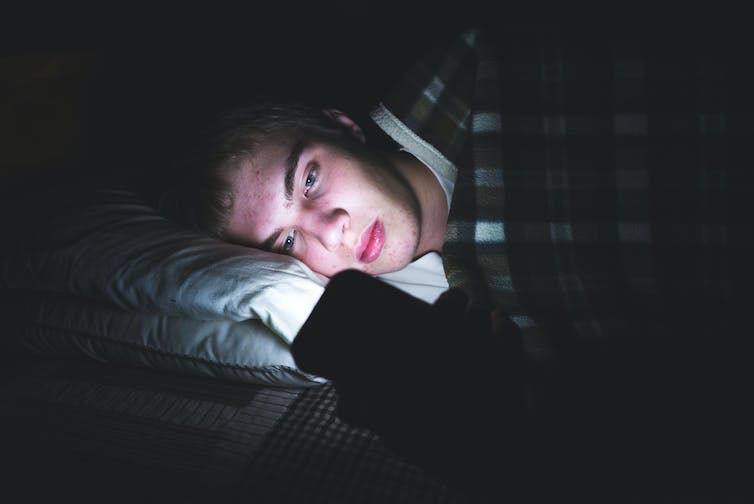The first American Surgeon General Report didn’t make the connection between tobacco use and lung cancer for another 50 years. In reaction, businesses compromised the media and genetically altered tobacco plants to increase their addictiveness.
Interestingly, internet corporations created similar persuasive algorithms to encourage user dependence; although these technologies seem harmless, they need to be regulated. When algorithms impact users by producing misleading impressions, dependencies, and addictions, there are unpleasant outcomes.
The young of today are among the first generations to not have known a world without the internet. Many people’s most vivid generational memory will be of security worries brought on by recent pandemics or acts of terrorism.
A practically linked society has resulted from communications and internet technology advancements; parents,guardians and educators struggle to make sense of how to manage youth online.Universities are an ideal setting for addressing and regulating excessive social media use because neuroscience research has shown that adolescence lasts into one’s 20s — and beyond for children with neurodevelopmental issues.
Dopamine is the primary chemical that drives and reinforces social media addiction. Teenagers and newly independent people are especially receptive to and emotionally dependent on social media because of how easily they can be accepted or rejected there.
Teenagers who regularly use social media have a much higher risk of depression and self-harm. One element of the link with depressive symptoms is explained by the additional sleep cycle abnormalities.





